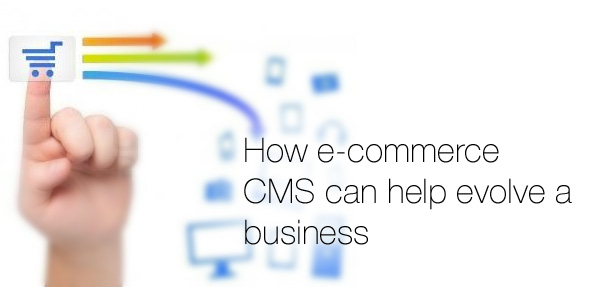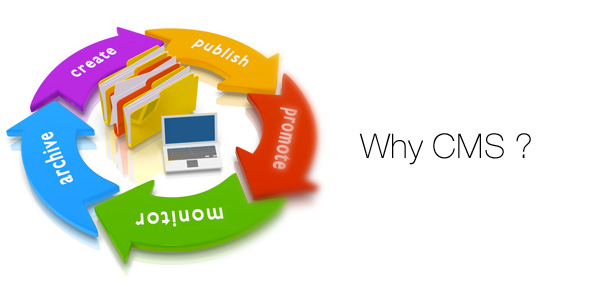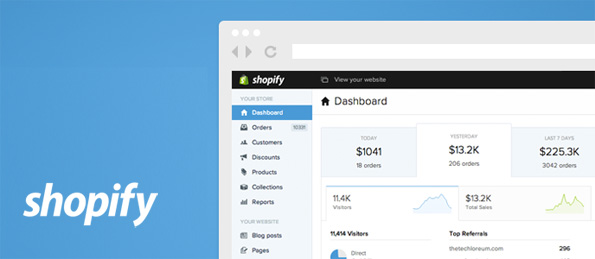
The ability to move forward in the business world is something that can be done much easier these days. A leader in the office shouldn’t be afraid to accept new ways of doing things. After all, that ability to go forward is how they were able to assume a position of power within the company. While that foresight can be wonderful for a person’s bank account, just think about what it could mean for everyone related to the company. An improved customer service reputation will have huge benefits for the company’s employees inside and out of the office.
Why Companies Look To CMS for Help

One of the many technological advances that can be a boon to the company on the inside is the installation of an e-commerce CMS system like those offered by leading companies in this sector such as Shopify. Surely, plenty of people in the online world don’t understand the many advantages that switching to a new system can bring. It’s definitely a quick and easy way to ensure a modern touch and to make sure that everyone gets what they want most. For employees, that means a new way they can make money through the content they provide. For a potential customer browsing a website, it means they’ll get their items much faster than if they were waiting on the old-fashioned snail mail processes.
One of the major advantages comes from the ability simply to complete online transactions. The right CMS setup will allow companies to easily put in motion a process that allows a customer to buy products with an added degree of encryption and safety against identity theft. The added flexibility and safety is a huge bonus for the long-term health of the company that decides to switch over to a new system. Colleagues and consumers both will feel safer with the latest software watching over their information. A brand new CMS can also update the software automatically, which means it’s one less bit that needs to be worried about.

Another strength is that the CMS can be optimized to help the company stay current in search engines with the help of the people in charge. The CMS typically allows what’s known as a WYSIWYG (what you see is what you get) setup, where the business owner is allowed to tweak the company website as they see fit. New content can be uploaded at any time, be it new pages or images. That kind of rapid change is the norm in today’s business world, and can be vital for a new company looking to build a reputation of being vibrant and timely. Of course, the challenge then becomes how to stay on top.
Pitfalls to Avoid With CMS
Of course, there are always potential issues to think about as well. Similar to anything in business, the wrong e-commerce CMS setup can have plenty of negatives attached to it as well. Most of these potential issues are tied up in the speed of a new, souped-up website. Perhaps the CMS either can’t handle the increased workload from interested visitors and loads slowly or frequently crashes. There are plenty of ways that the site can be sped up, whether with a new web host or a few changes to the company program. Upload images to a separate server instead of linking them from another website, for example forcing the page to go to another site just to use a photo will slow it down, which is never good for performance.

The obvious way to pick out the best CMS system is to be smart and do some research. There are numerous CMS companies and software available in the market, so making a plan and trying to figure out what’s best is certainly preferable to just jumping at the first company they see in the catalog. A rash decision will leave a trail of angry customers and employees, depending on how the system performs. It’s certainly crucial to the long-term health of the company, so that everyone can get the best website, business or content they desire. Otherwise, the road to success may be blocked for good, never a good result when so much of today’s world is online and digital.
As the blog Econsultancy notes, part of the challenge that arises with the usage of e-commerce is having to go through a handful of questions before taking the plunge. A good example of a question would be “What exactly would we need the CMS system for in the first place?” Before switching over, that major question hanging overhead must be resolved above all. If the questions aren’t answered, then there’s every chance that the e-commerce CMS won’t work the way everyone hopes, and will result in lost money and unhappy customers. Taking it slow and steady has never hurt anyone in business, after all.